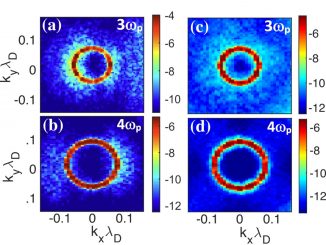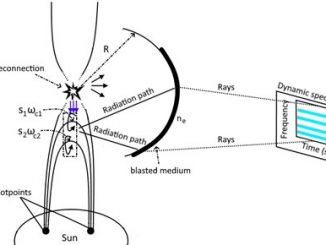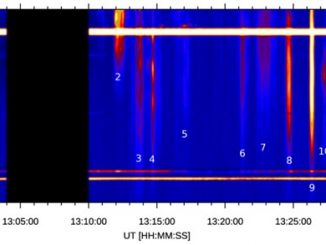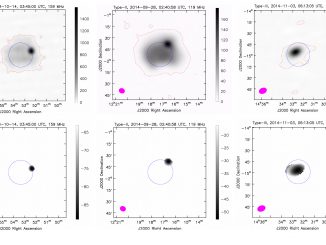Zebra Stripes with High Gyro-Harmonic Numbers by Jan Benacek and Marian Karlicky
The solar radio zebra patterns, or zebras, provide detailed diagnostics of plasma density and magnetic field in the corona. The zebras appear in radiograms during Type IV solar radio bursts as a series of parallel stripes that are narrow in frequency. The main emission model of radio zebras relies on a double plasma resonance, a resonance between the plasma frequency, gyro-harmonic of the cyclotron frequency, and the frequency of unstable upper-hybrid (UH) […]








